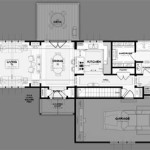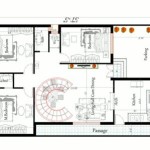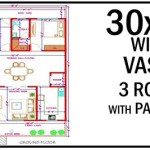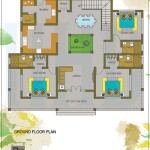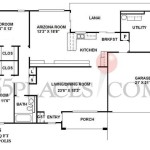Essential Aspects of Basement Homes Floor Plans
Incorporating a basement into your home's design offers ample opportunities to expand your living space and create unique and functional areas. Designing a well-thought-out basement floor plan is crucial to maximizing the potential of this valuable space.
Purpose and Function: Determine the specific purpose of your basement. Will it serve as a family room, home office, guest suite, or home gym? Identifying the intended use will guide the layout and design choices.
Natural Light: Basement spaces often lack natural light, so it's essential to incorporate windows or light wells to bring in sunlight. Consider adding a walkout basement to provide direct access to the outdoors.
Structural Considerations: The type of basement you choose, whether a full or partial basement, will impact the layout. Consult with a structural engineer to ensure adequate support and code compliance.
Ceiling Height: Basement ceilings can be lower than above-ground levels. Plan for at least 7-8 feet of ceiling height to create a comfortable living space. Consider recessed lighting or vaulted ceilings to create a sense of spaciousness.
Access and Circulation: Design clear and convenient access points to and within the basement, including stairs, ramps, or elevators. Ensure adequate circulation space for easy movement.
Finishes and Materials: Choose finishes and materials that are moisture-resistant and suitable for below-grade environments. Consider using tile, vinyl flooring, or painted walls to minimize the risk of water damage.
HVAC and Utilities: Plan for adequate heating, ventilation, and air conditioning systems to maintain a comfortable indoor environment in the basement. Consider installing a dedicated HVAC unit or extending the main system to ensure proper airflow.
Storage: Utilize the basement for additional storage space. Incorporate built-in shelves, closets, or a dedicated storage room to keep the area organized and clutter-free.
Safety and Accessibility: Ensure the basement meets all safety codes, including proper fire escapes and smoke detectors. Consider incorporating universal design features for accessibility if necessary.
Professional Design: Engage an experienced home designer or architect to create a comprehensive floor plan that meets your specific needs and preferences. They can provide valuable insights and ensure a well-executed design.

Photos Of Plan 1117 The Clarkson Basement Floor Plans House

Stylish And Smart 2 Story House Plans With Basements Houseplans Blog Com

Extend Your Homes Living Space With A Basement Floor Plan

Versatile Spacious House Plans With Basements Houseplans Blog Com

Basement Floor Plans Types Examples Considerations Cedreo

Don Gardner Walkout Basement House Plans Blog Eplans Com

How To Plan For A Finished Basement Chiefblog

Don Gardner Walkout Basement House Plans Blog Eplans Com

Small Cottage Plan With Walkout Basement Floor

3 Bedroom 2 Bath Ranch House Floor Plans With Basement And Porch



